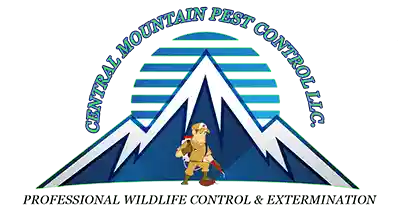A Comprehensive Guide to Species, Risks, and Effective Management Strategies
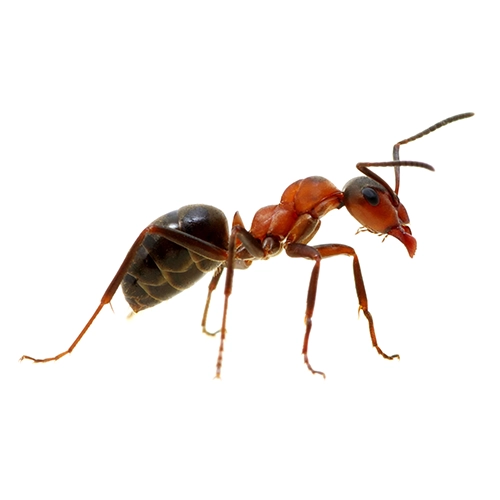
Ants emerge as both hardworking marvels and occasional nuisances in the tapestry of the natural world. Their diverse species and intricate societies captivate the curious minds of both scientists and laypersons. These tiny yet formidable creatures can shape ecosystems while challenging human settlements from industrious leaf-cutters to elusive army ants.
In this comprehensive guide, we explore the fascinating realm of ants, exploring the ecological roles they play, their myriad species, and risks they pose to both environment and infrastructure. By understanding all these factors, it allows implementation of innovative strategies for effective management and coexistence.
Understanding Ants
These tiny architects cultivate a community of collaboration and organization in their entangled societies.
It requires more than observation to understand how ants live as it encompasses a realm of complexity where each worker sustains the colony’s rhythm by harmonizing with its counterparts.
They communicate primarily through tactile signals and pheromones, orchestrating collective action with unique efficiency.
One can understand ants’ resilience and community by witnessing their meticulous nest building, relentless foraging, and nurturing of their young.
They do not have a problem navigating challenges with adaptive strategies as they can epitomize resilience in the face of difficulties.
The best way to understand the mind of ants is to unravel their blueprint for flexibility, cooperation, and power of unity in diversity.
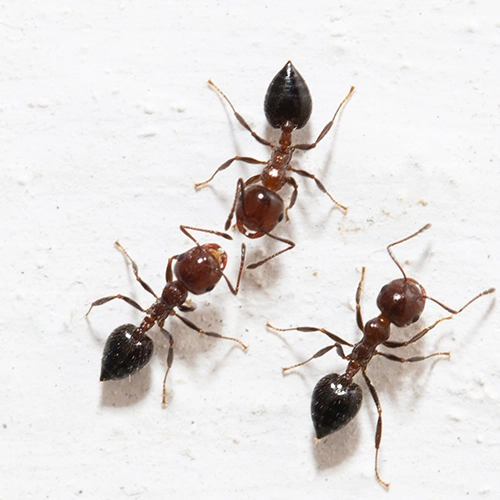
Why Ants Love the Climate and Environment in Colorado!
Amidst the diverse ecosystems of Colorado’s rugged terrain, ants play a crucial role in the complex web of life. From the arid plains to the high alpine meadows, these resilient insects show remarkable adaptability navigating the challenges of their environment.
There are certain species that thrive well in the Rocky Mountains where they build tunnel through rich soils; hard work that pays off through their aeration and fertility. The harvester ants can scavenge for seeds and vegetation diligently with their industrious trails passing through the sun-exposed expanses of the state. You can expect to find the western thatching ants in the ponderosa pine forests constructing elaborate nests from debris and pine needs, displaying their architectural marvels of nature.
Despite their industrious pursuits, ants face challenges such as climate change and habitat fragmentation, compelling them to face uncertain futures and adapt swiftly. Regardless, they symbolize collaboration and resilience in their microscopic world, displaying the spirit of Colorado’s landscape. As the season changes and landscapes transform, the tiny footprints left behind by ants create unique mark on the vast wilderness, reminding us of the delicate balance they uphold in the majestic realms of Colorado and interconnectedness of all life forms.
Types of Ant Species in Colorado
Western Harvester Ants
This ant species reigns supreme in the arid regions of Colorado as a major inhabitant in the high plains. Also going by its scientific name, Pogonomyrmex occidentalis, they construct intricate colonies underground with their distinctive red-brown exoskeletons. The Western harvester ants forage tirelessly for seeds or small insects, shaping Colorado’s landscape with their bustling activity. They have an organized society that reflects a complex network of cooperation and communication. Western harvester ants are crucial members of the ecosystem that exemplify resilience and adaptation in the rugged terrain of Colorado’s frontier.
Red Fire Ants
The Red fire ants, also known as Solenopsis invicta, have caused anxiety among Colorado residents since their migration. Following their arrival from South America, these ants have adapted well to the local environment, establishing huge colonies throughout the state. Their existence poses a hazard to agricultural fields and natural ecosystems, harming both biodiversity and human activity. Residents continue to attempt to control the expansion of this ant species with coordinated strategies and ongoing vigilance in mitigating their economic and ecologic impacts in Colorado.
Carpenter Ants
The carpenter species of ants thrives amidst the diverse ecosystems and rugged terrain of the forest and wooded regions of Colorado. Also going by their scientific name, Camponotus modoc, you can easily identify this species by their robust black bodies and reddish hues. Nesting within fallen trees and decaying wood, these ants sever as natures diligent recyclers and architects by exhibiting remarkable adaptability in the high-altitude environment. Their foraging patterns and intricate social structures illuminate Colorado’s wilderness where creatures contribute to the rich biodiversity of the Rocky Mountain state.
Argentine Ants
These invasive ants pose a unique challenge to local ecosystems having adapted well to the state’s climate. Argentine ants, also known as Linepithema humile, rapidly establish colonies that overwhelm native species. Their large interconnected communities and unyielding nature disrupts local biodiversity often influencing the dynamics of native insect populations. Their preference for urban areas has become a nuisance to homeowners, requiring innovative pest management strategies to mitigate their impact on natural and urban environments throughout Colorado.
Signs of Infestation
A few tale-tell signs that a home is under ant siege is when you see an assembly line of tiny invaders marching across counters or a trail of breadcrumbs disappearing into cracks. Other signs that require vigilance include mysterious rustling sounds from within walls, small granules near food sources, or winged intruders hovering around light fixtures.
Your humble abode might also be bustling habitat of ant infestation if you spot an increase in ant activity during summer with the presence of discarded wings near windowsills. These signals beckon swift intervention to eliminate the nuisance of ants and give you peace of mind.
Potential Hazards of Having Ants At Home
When ants infiltrate your home, various possible issues arise that extend beyond being a nuisance. They are hardy insects that may contaminate food sources, resulting in food borne diseases and health issues.
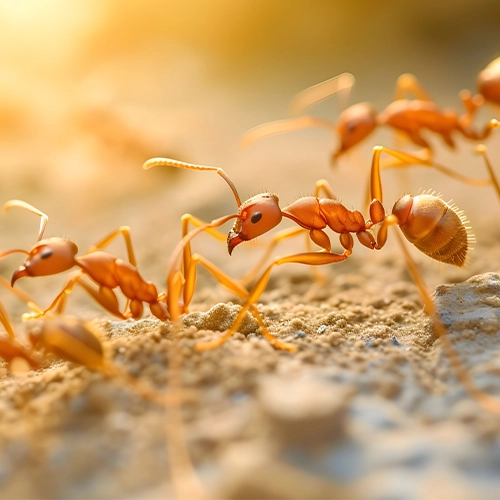
Their small size makes pantry essentials vulnerable to infestation, since they may enter even the most secure food storage spaces. Carpenter ants can degrade the internal structure of your home’s wooden components, prompting costly repairs. Furthermore, some people may have allergic responses stings or bite from ants, raising health concerns, particularly among vulnerable groups. Therefore, ant infestation needs immediate attention as well as comprehensive eradication procedures to eliminate these threats.
DIY Management Strategies
Ants prompt ingenious do-it-yourself strategies among residents, as they are unwelcome guests in homes. Homeowners can strategically harness the power of scent disruption by placing barriers of citrus oils, vinegar or cinnamon along ant trails, deterring their movement. Another tactic involves disrupting the pheromone trails of ants by meticulously wiping down surfaces using soapy water. This action disrupts their organizational communication by erasing scent markers. Homeowners can also adopt preventative measures such as sealing crevices and cracks, denying points of entry to invading colonies. A natural approach might involve planting ant-repelling herbs like tansy or mint around the home for a botanical defense. Implementation of DIY management strategies not only mitigates invasion of ants but also cultivates a symbiotic relationship between homeowners and nature within the domestic sphere.
Reasons to Hire Experts
Expertise and Knowledge
One of the reasons why you should consider special help when grappling with an ant infestation is the skill and knowledge professionals bring. They possess unique insights into the behavior of ants, species identification and effective methods of eradication. Their high level of understanding allows them to assess infestation severity and implementation of tailored solutions. This helps to minimize collateral damage to property while ensuring long-term prevention strategies, thus offering peace of mind to both homeowners and businesses.
Identification of Species
The knowledge professionals have on ant morphology, habitat preferences, behavior and habitat preferences to allow them to classify species accurately that would otherwise appear similar to the untrained observer. Their level of expertise ensures precise identification that allows for targeted strategies of eradication and prevention tailored to specific characteristics of each ant species encountered.
Customized Solutions
Hiring a specialist to handle an ant infestation guarantees that your property or house receives personalized solutions that properly meet its individual demands. These specialists have specific expertise and instruments for correctly identifying ant species, nesting behaviors, and entrance locations. They use personalized tactics to apply targeted treatments that not only eliminate present infestations but also prevent future ones, protecting your area with expertise and precision.
Long-Term Prevention
These professionals also perform extensive examinations to locate nesting locations and access routes for ants, devising tailored strategies for eradication and prevention. Their expertise extends to selecting treatments that are environmentally safe, disrupting colonies of ants at their source. They also implement proactive techniques to fortify defenses against future incursions, safeguarding properties while promoting lasting peace of mind.
Legal Compliance
Professional exterminators can also ensure you comply with the legal system through adherence to regulations governing pest control. They possess the skill to identify species accurately, choose treatments that are most effective and apply them safely within legal confinements. Engaging specialists allows businesses to mitigate risks of violating environmental and health codes. This helps to maintain an ant-free environment that aligns with regulatory standards while protecting against potential legal consequences.
Preventive Steps
Keep Your House Tidy
Maintaining a spotless home environment creates a powerful barrier against ant invasion. Regular cleaning removes spills, food crumbs, and residues disturbs ants’ foraging pathways, depriving them of nutrients. It also eliminates unreachable recesses and attractive scents, discouraging ants from building colonies and safeguarding your property from unwanted infestations.
Store Food Properly
Proper storage of food acts as a frontline defense against invasion of ants. The likelihood of ants diminishes significantly when you seal food containers securely and maintain clean surfaces. You can deny ants their incentive to infiltrate spaces eliminating accessible food sources thereby safeguarding against infestations and maintaining hygienic environments.
Eliminate Standing Water
Water is an important resource for ant colonies, enticing them to prospective nesting locations. By eliminating stagnant water sources, such as puddles or containers, the possibility of ants forming colonies decreases, limiting their invasion of human homes.
Use Deterrents
Employing deterrents in ant prevention tactics provides a proactive defense against infestations. These deterrents interrupt ant routes, discourage scouting, and obstruct access to nutrients, preventing ants from building colonies. Deterrents modify ant behavior by erecting barriers or using repellents, inhibiting their presence and successfully minimizing any infestation threats.
Monitor and Address Swiftly
It is crucial to closely monitor and quickly deal with ant infestation. Regular inspections enable the early discovery of ant colonies, allowing for quick action. Prompt interventions, such as closing access sites and reducing food supplies, disrupt ant trails and discourage further incursion. Timely action protects against extensive infestation and maintains domestic sanctity.
Obtain Professional Assistance
Getting professional assistance effectively stops ant infestations by using expert strategies tailored to the unique weaknesses in your house. Experts have a thorough grasp of ant behavior and employ cutting-edge techniques, such customized treatments and proactive steps, to limit access to ant colonies and their breeding grounds.
This lessens the likelihood of severe infestations entering your house. As environmental stewards, we must use appropriate management approaches to reduce possible threats while maintaining their ecological relevance.
By accepting knowledge and implementing sustainable practices, we can cultivate a harmonious relationship with ants, ensuring not only the preservation of our surroundings but also the complex tapestry of life that flourishes within Colorado’s borders.
In this dynamic exploration between people and ants, education and collaboration, pave the path for a healthy coexistence in which both species thrive in Colorado’s rich natural surroundings.
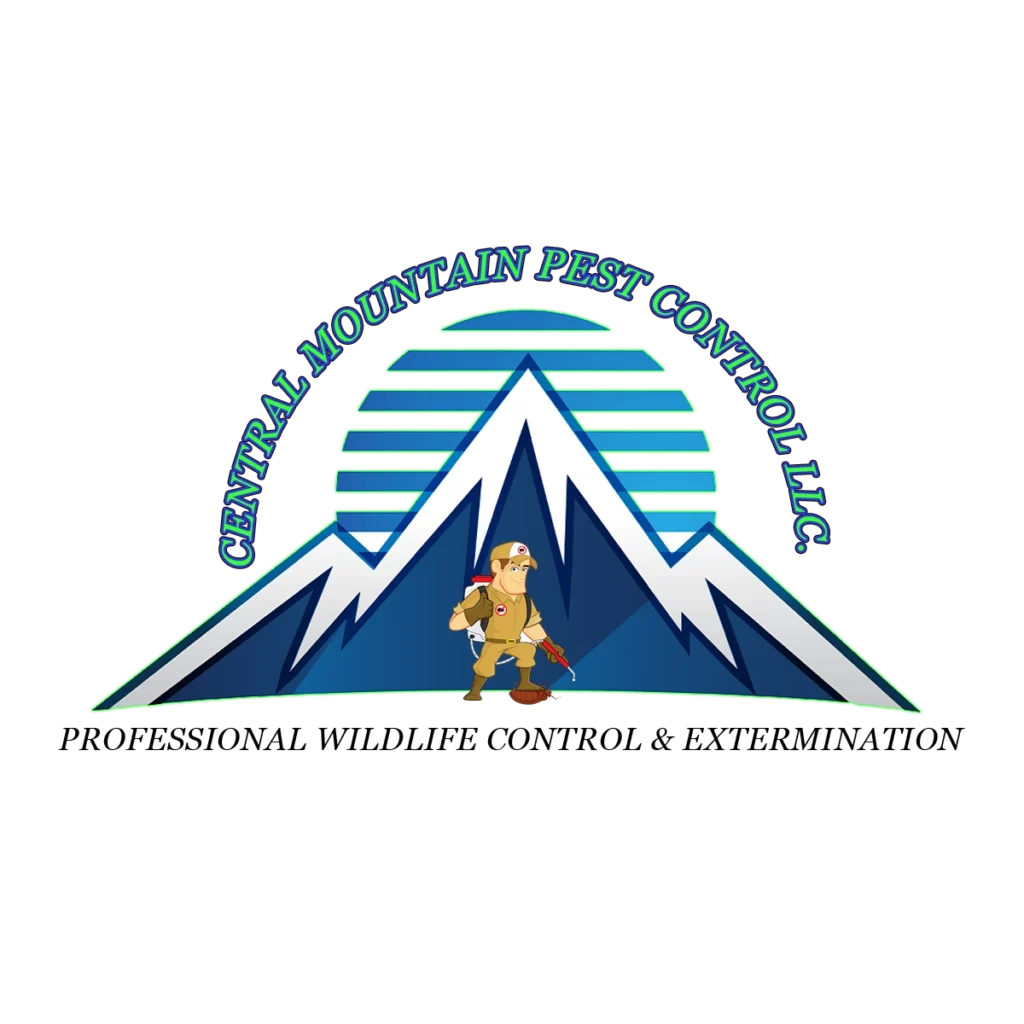
If you think ants are causing you problems in Colorado Springs, CO or anywhere in Teller County or El Paso County, please do not hesitate to
contact us today! We will help resolve your problem quickly, safely, and at affordable rates.
